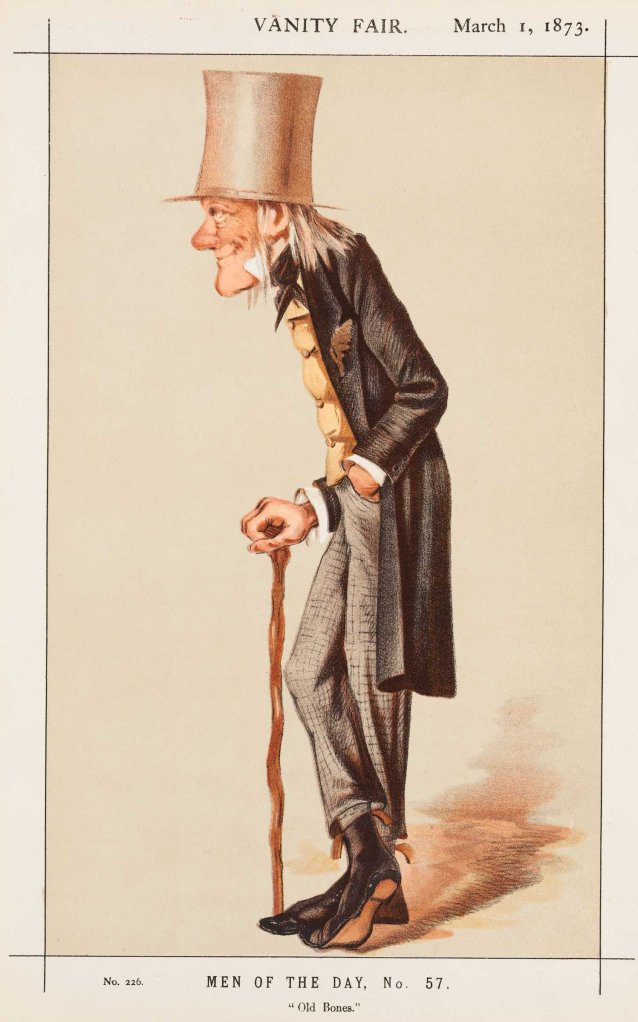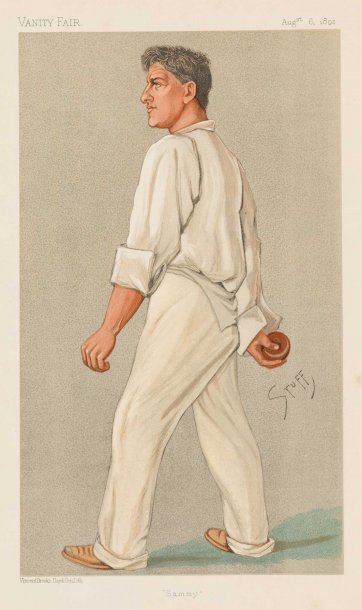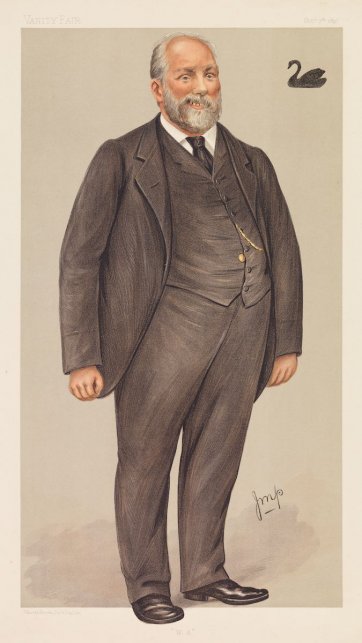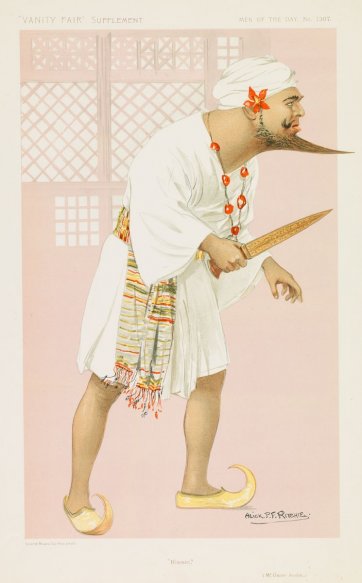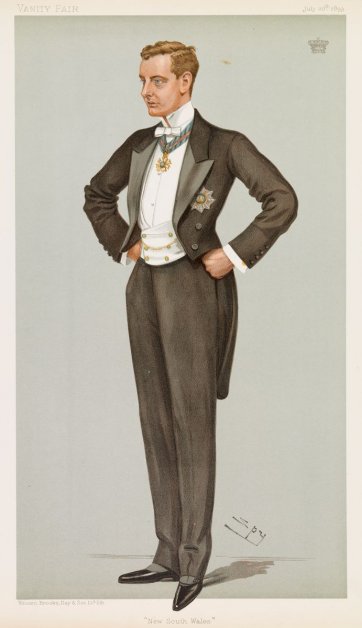Sir Richard Owen (1804–1892), naturalist, anatomist and palaeontologist, was born in Lancaster and apprenticed to surgeon-apothecaries there before completing his studies in medicine in Edinburgh and London. Admitted to the Royal College of Surgeons, in 1827 he was appointed to a curatorial position at the College’s Hunterian Museum and through his work there became increasingly involved in comparative anatomy. In 1832, he published his findings on the museum’s collection of platypus specimens, proving the animal’s classification as a mammal and marking the start of a lifetime’s work on the physiology and palaeontology of Australian marsupials and monotremes and their extinct antecedents. He was elected a fellow of the Royal Society in 1834 and appointed a professor of the Royal College of Surgeons in 1836. From the mid-1840s, he became increasingly focussed on palaeontology, making an extensive study of fossils from Australia, New Zealand and South Africa, coining the term Dinosauria and defining it as a category. In time, Owen’s theories came under attack from a younger generation of scientists, particularly Thomas Henry Huxley, and he later published scathing critiques of Charles Darwin and his Origin of Species. Owen was awarded the Copley medal in 1851, the Linnaean medal in 1888, and knighted in 1873, and it was primarily because of his vision and efforts that London’s Natural History Museum was established.
Purchased 2015
The National Portrait Gallery respects the artistic and intellectual property rights of others. Works of art from the collection are reproduced as per the
Australian Copyright Act 1968 (Cth). The use of images of works from the collection may be restricted under the Act. Requests for a reproduction of a work of art can be made through a
Reproduction request. For further information please contact
NPG Copyright.
